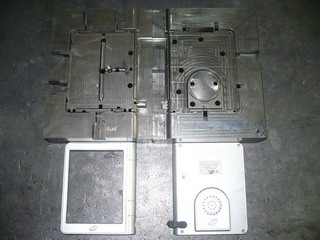
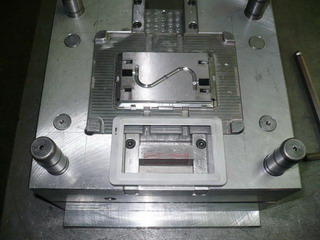
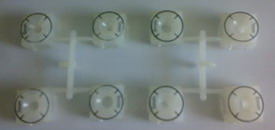
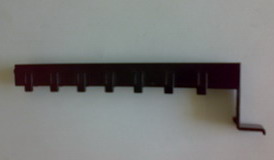


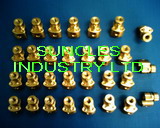
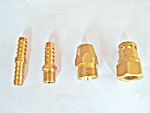
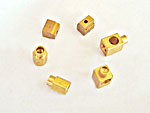
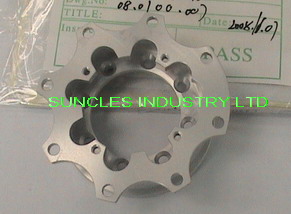










|
Polyamide 6 - Nylon 6 – PA 6 |
||||||||||||||||||||||||||||||||||||||||||||||
|
Polymer Type |
||||||||||||||||||||||||||||||||||||||||||||||
|
Thermoplastic |
||||||||||||||||||||||||||||||||||||||||||||||
|
Advantages |
||||||||||||||||||||||||||||||||||||||||||||||
|
Easier to process than Nylon 6/6 (castable), may be reaction injection moulded. Has lower mould shrinkage than Nylon 6/6 with good fatigue resistance. Useful improvement in stiffness can be obtained by inclusion of glass fibres, unlike acetals. |
||||||||||||||||||||||||||||||||||||||||||||||
|
Disadvantages |
||||||||||||||||||||||||||||||||||||||||||||||
|
Highest rate of water absorption and highest equilibrium water content. Lower strength & stiffness than Nylon 6/6. Higher stick slip than Acetal or PBT. |
||||||||||||||||||||||||||||||||||||||||||||||
|
Typical Properties |
||||||||||||||||||||||||||||||||||||||||||||||
|
||||||||||||||||||||||||||||||||||||||||||||||
|
Applications |
||||||||||||||||||||||||||||||||||||||||||||||
|
Gears, cams, rollers, bearings, nuts and bolts, power tool housings, electrical connectors, combs, coil formers, fuel tanks for cars, kitchen utensils. NOTE: Generally similar applications to Nylon 6/6. Choice between the two polymers is often made on non-technical grounds, e.g. local availability, price or familiarity. |
For more information, please feel free to contact us:)